Industry Insights & News
News & Technical Updates
Latest News
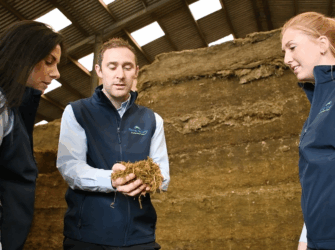
Maximising This Year’s Gains to Face Next Year’s Challenges
27th October 2025
For many farmers across Northern Ireland, 2025 has been one of the strongest years in recent memory. The weather has been kind, stock has performed well and profitability has been healthier than usual. In truth, it has felt like the kind of year farmers deserve after several harder ones. But as everyone in the industry…

Sift Happens: Measuring Dung for Digestive Clues
3rd October 2025
While ruminant nutrition is increasingly driven by lab analysis, software and predictive models sometimes show the best information can be gleaned from the floor of the shed. Digestive clues of ruminant animals are ever present in the form of fresh dung. Typically using dung scoring, where dung is judged on its appearance and thickness, we…

The 42-Day Window That Drives Success
16th September 2025
The transition period – defined as the 21 days before and after calving. This is a critical 42-day window that can make or break the success of a dairy cow’s entire lactation. As milk yields continue to increase across dairy herds, the importance of optimising this period only grows. The demands on the cow’s metabolism…
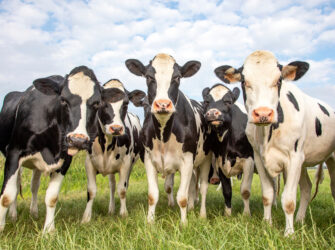
Efficient and well-managed heifer rearing plays a vital role in the productivity and profitability of any dairy herd. Grazing systems offer a cost-effective alternative to housing, significantly reducing inputs such as feed, bedding and labour. However, this lower-cost approach must be matched with structured management to ensure heifers reach key development milestones and grow into…

Optimising Dry Cow Forage: Striking the Balance!
4th June 2025
Managing dry cow nutrition is crucial for ensuring optimal health and performance during the transition period. This phase, particularly the last four weeks before calving, is pivotal for setting the stage for a successful lactation. A well-balanced dry cow diet that considers energy density, palatability, and mineral composition is essential. In recent years there has…

The Power of Creep Feeding
8th May 2025
With current lamb prices remaining strong and the Spring lamb trade looking optimistic, many sheep farmers are starting to introduce lamb creep to their newly born lambs. Creep feeding is a management practice used to supplement the diet of young lambs, typically after they are a few weeks old, to promote faster growth and better…
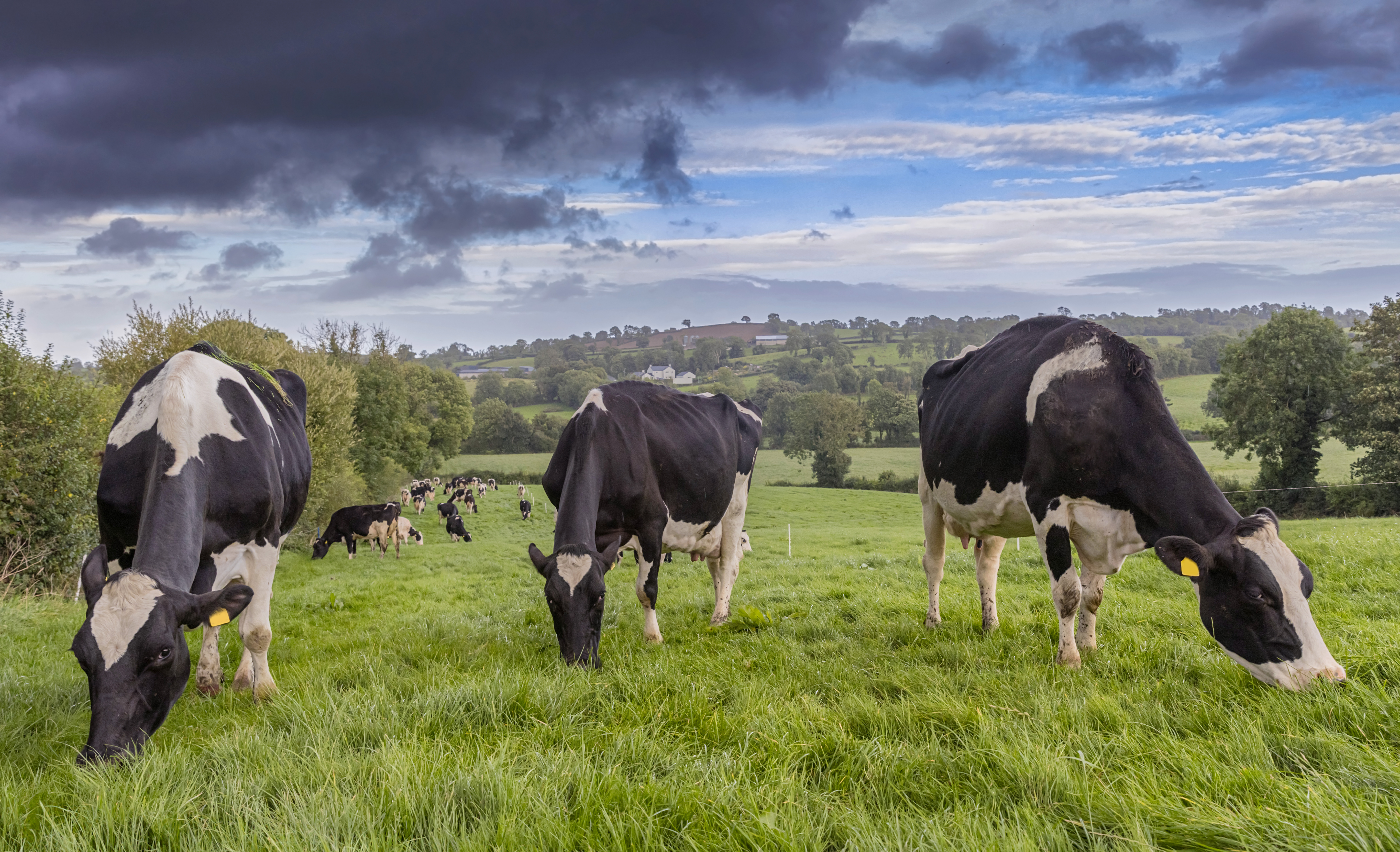
Spring Turnout Tips for a Productive Grazing Season
26th March 2025
Transitioning cows from winter diets to fresh spring grass offers an opportunity to increase milk production from forage, reduce concentrate feed costs and improve farm profitability. However, successful grazing management is essential to maintain performance levels and maximise these economic benefits. The aim: The main objectives of spring grazing management are to gradually increase the…
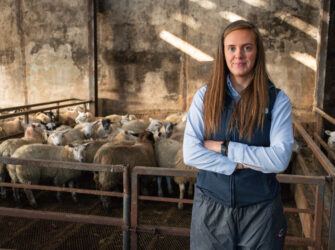
Forward Thinking in Late Pregnancy Maximises Lamb Productivity
15th January 2025
With the main lambing season fast approaching, it is critical we start planning for the feeding management of our pregnant ewes. During the last 6 – 8 weeks of pregnancy, ewes need to be on a rising plane of nutrition to compensate for the rapid increase in lamb growth, and reduction in dry matter intake…
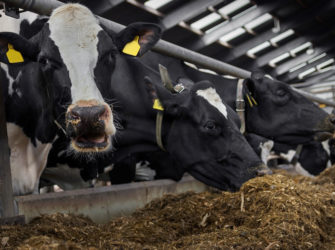
Are your cows hitting the ground running this winter?
1st November 2024
As milk price looks favorable for the winter ahead; there is a large incentive to optimise milk production. Correct dry cow nutrition is the cornerstone to a successful transition into early lactation and to ensure peak milk yield targets are attained. If fresh cows are not performing, take a step back and look at nutrition…

Driving Beef Performance for Maximum Return
23rd September 2024
With many beef cattle being housed in recent weeks, regular forage analysis should be carried out to form the basis of any diet and to tailor the concentrate that is fed. Finishing rations need to have a high cereal content with elevated starch levels to maximise weight gains and achieve targeted fat covers. These optimal…


